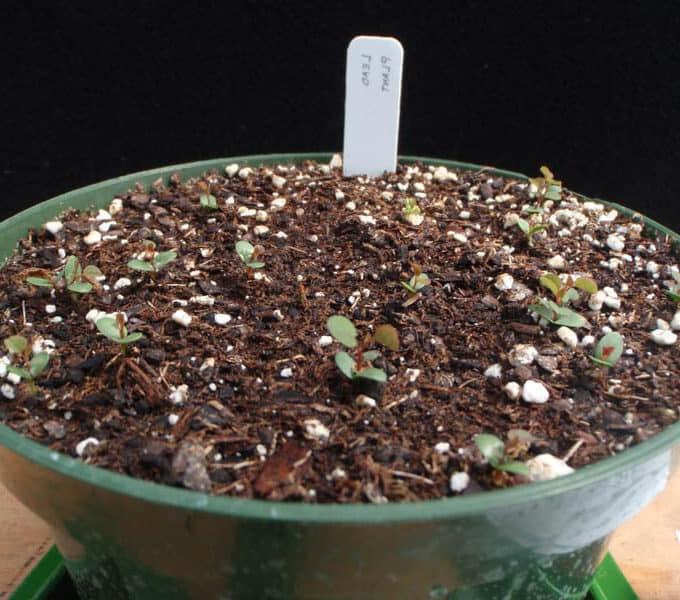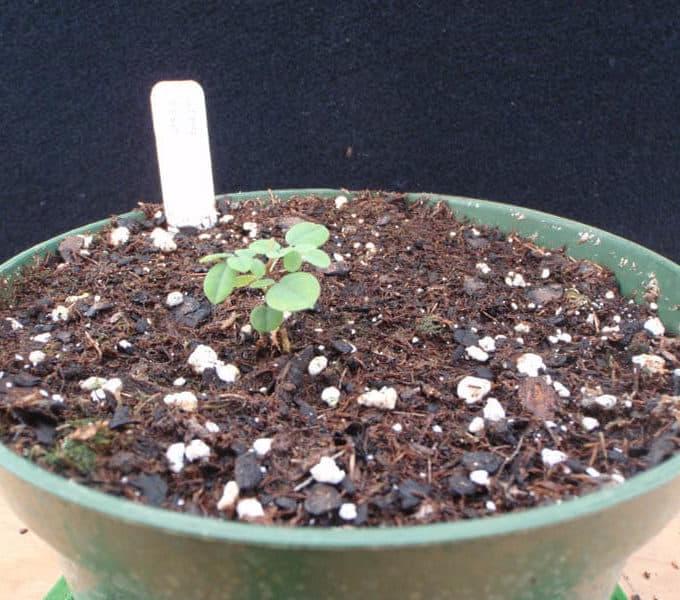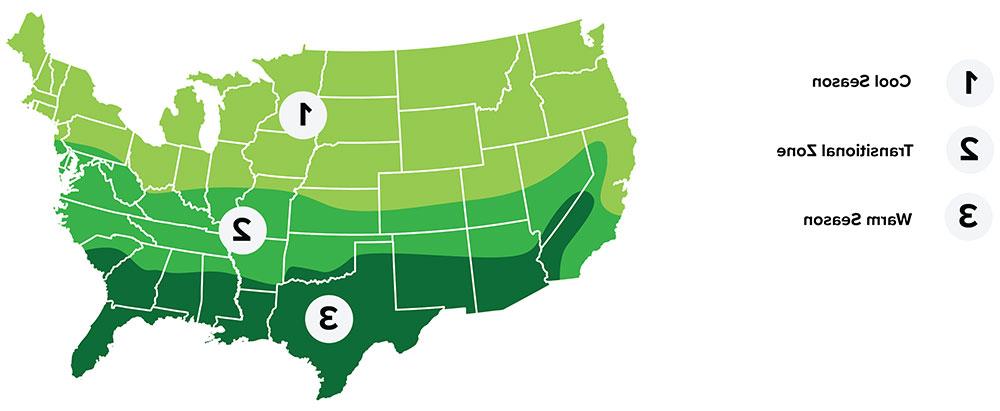
LEADPLANT
Summary
Leadplant, a small native warm-season perennial leguminous shrub, is a resilient and valuable component of prairie ecosystems across the central one-half of the United States, stretching from Mexico to Canada. Its presence serves as an indicator of the prairie’s excellent health and ecological integrity.
Thriving in a wide range of soil types and climates, Leadplant adapts to diverse conditions, making it a reliable species in prairie restoration efforts. With an average annual rainfall requirement of 20 to 45 inches, it demonstrates its ability to withstand varying moisture levels, contributing to its widespread distribution.
High in protein, Leadplant is highly palatable to all classes of livestock and wildlife, making it a valuable forage source in grazing systems and natural habitats. Its shade tolerance allows it to thrive in partially shaded environments, although it exhibits a tendency to grow towards sunlight when placed in shade.
Although Leadplant’s establishment is relatively slow and its seed production low, its distinctive lead-gray foliage and accenting purple flowers make it a favorite among prairie enthusiasts. While it may not dominate the prairie landscape, its unique appearance and ecological value ensure its enduring presence in diverse habitats.
Leadplant stands as a symbol of resilience and beauty in prairie ecosystems, contributing to the health of native landscapes and serving as a vital resource for livestock and wildlife. Its understated elegance and ecological significance make it a cherished component of prairie restoration projects and a beloved species among conservationists and nature enthusiasts alike.
Be sure to check out our wide selection of native wildflowers!
Learn more about wildflowers in our “Growing with Us” podcast!
Plant Characteristics
Taxonomy
Zone
- USDA Plant Hardiness Zones
- 3, 4, 5, 6, 7, 8, 9
Plant Characteristics
- Height
- 24" - 36"
- Bloom Period
- Late-Spring - Summer
- Bloom Color
- Purple
- Leaf Color
- Green
- Growing Cycle
- Perennial
- Sun Requirement
- Full Sun
Plant Information
- Planting Season
- Fall - Spring
- Plant Depth
- 0.25" - 0.5"
- Minimum Soil Temp for Germination
- 60° F
- Establishment
- Hard
Seed Information
- Seeds Per Pound
- 195,000
- Kingdom
- Plantae
- Subkingdom
- Tracheobionta
- Super Division
- Spermatophyta
- Division
- Magnoliophyta
- Class
- Magnoliopsida
- Subclass
- Asteridae
- Order
- Asterales
- Family
- Asteraceae
- Genus
- Amorpha
- Species
- Amorpha canescans
Coverage Area & Available Sizes
Applications
Attractive as an accent plant, in mass plantings as well as in species mixes.
Highly palatable, tends to be overgrazed.
Notes
*Special considerations for spring planting: seed germination can be improved with mechanical scarification. Seed needs to be inoculated with Rhizobium for nitrogen fixation to occur. Germination of scarified seed generally occurs within 2 weeks after planting provided adequate soil moisture and temperature conditions are met.




















